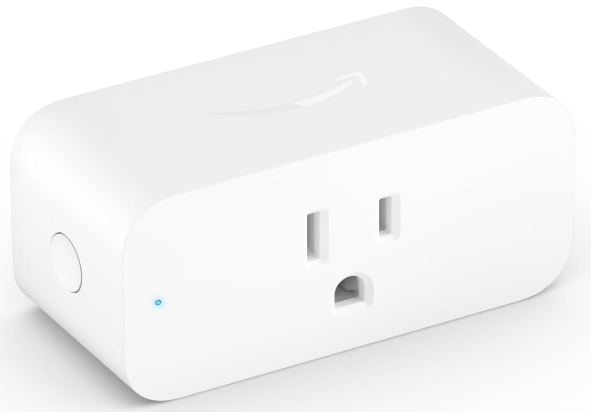Last Updated on April 5, 2025 by Kravelv Spiegel
I remember when I used to dread opening my electricity bill every month. It always seemed higher than expected, and no matter what I did—turning off lights, unplugging devices—it felt like I was barely making a dent. Then, I discovered how artificial intelligence (AI) could help me cut down on energy costs. It was a game-changer. If you’re a homeowner looking for smarter ways to reduce your energy bills, AI might be the solution you’ve been searching for.
Understanding AI’s Role in Energy Efficiency
AI is transforming the way we manage household energy. It does more than just automate tasks; it learns your habits, predicts usage patterns, and makes real-time adjustments to minimize energy waste. The best part? You don’t have to be tech-savvy to take advantage of AI-powered solutions. Many smart devices today are designed to be user-friendly and require minimal setup.
AI-Powered Smart Thermostats
One of the first things I invested in was a smart thermostat. Unlike traditional thermostats that require manual adjustments, AI-powered thermostats like Nest or Ecobee learn from your behavior. For example, if you lower the heat at night and raise it in the morning, the thermostat will remember and start adjusting automatically. Over time, it optimizes temperature settings to keep your home comfortable while reducing unnecessary energy consumption.

These devices also consider external factors like weather conditions. On a hot summer day, my thermostat adjusts the cooling based on both indoor temperature and the forecast, ensuring my air conditioning isn’t working harder than necessary.
Smart Lighting for Energy Conservation
Another area where AI made a big difference in my home was lighting. I installed smart bulbs and motion sensors that automatically turn lights off in empty rooms. AI-enabled lighting systems can adjust brightness based on the time of day or your typical usage habits. For instance, if I usually wind down at 10 PM, the lights dim automatically to signal bedtime, saving energy in the process.

Some AI-powered systems can even integrate with voice assistants like Alexa or Google Assistant, allowing me to control lighting with simple voice commands. No more forgetting to turn off the kitchen light before heading to bed!
AI-Driven Smart Plugs and Energy Monitors
Before AI, I had no idea how much energy my appliances were consuming. That changed when I started using smart plugs and AI-based energy monitors. These devices track power usage in real-time and provide reports on which appliances are draining the most electricity. I was shocked to learn that my old refrigerator was a major energy hog!

With AI insights, I was able to schedule certain appliances to run during off-peak hours when electricity rates were lower. Some smart plugs even allow for remote control, so if I accidentally leave something on, I can turn it off using my phone.
AI in Home Energy Management Systems
If you want to take energy savings to the next level, a full AI-powered home energy management system (HEMS) might be the way to go. These systems integrate with all your smart devices—thermostats, lighting, appliances—and optimize energy use across the board.
For example, an AI-powered HEMS can detect patterns and suggest ways to cut energy use. If I tend to leave my TV on overnight, the system will notify me and even automate shutoff times. It also helps balance energy consumption by shifting high-energy tasks, like laundry, to times when electricity is cheaper.
AI and Solar Power Optimization
For homeowners with solar panels, AI can maximize the benefits of renewable energy. AI-driven solar management systems analyze weather forecasts, household energy needs, and electricity rates to optimize when and how solar energy is used.
In my case, AI ensures that my home stores solar power efficiently, prioritizing self-consumption during peak rate hours. This significantly reduces reliance on the grid, leading to even more savings.
AI-Based Utility Programs and Rebates
Many utility companies now offer AI-powered programs that help customers save money. These programs use AI to monitor energy demand and provide incentives for reducing usage during peak times.
For instance, my energy provider offers a demand response program where I get bill credits for allowing AI to adjust my thermostat slightly during peak hours. The changes are minimal, and I barely notice, but the savings add up over time.
The Future of AI in Home Energy Savings
AI is only getting smarter, and future advancements will bring even more ways to save on energy bills. Imagine a home where AI predicts maintenance needs, preventing costly repairs before they happen, or an AI assistant that negotiates the best electricity rates on your behalf.
Also read: Voice Assistants vs. AI-Powered Smart Homes: What’s the Difference?
Final Thoughts
Since integrating AI into my home, my energy bills have dropped significantly, and I feel more in control of my household expenses. Whether it’s through smart thermostats, lighting automation, or full energy management systems, AI has made saving money easier than ever.
If you’re tired of high energy bills, it’s time to let AI do the hard work for you. Give it a try—you might be surprised at how much you can save!

